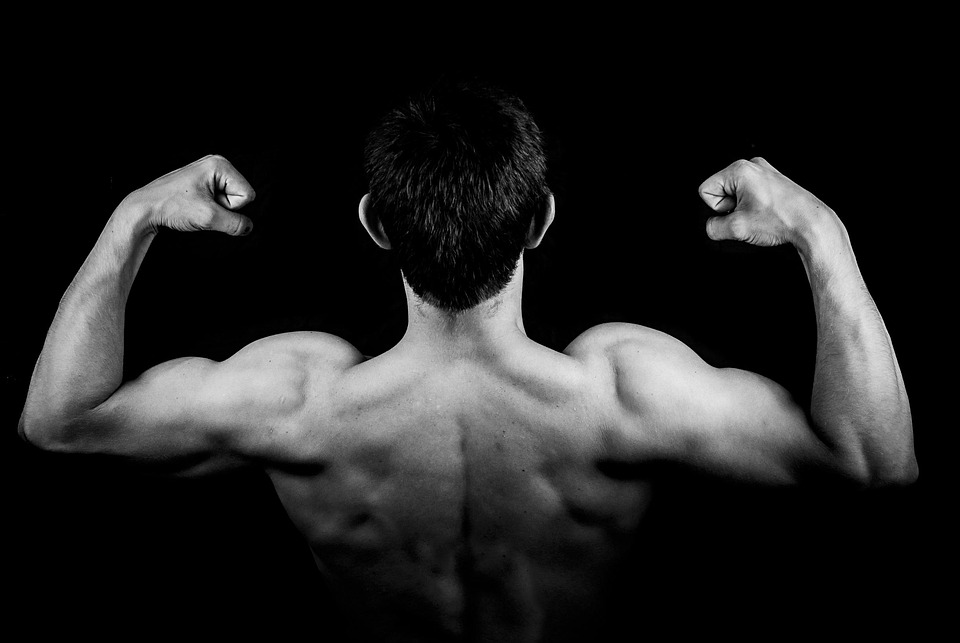How Your Muscles Communicate: The Role of the Nervous System
Introduction
Muscle movement is an intricate dance of communication between the nervous system and the muscular system. Understanding this interplay offers insights into everything from athletic performance to rehabilitation practices. This article explores the communication pathways between the nervous system and muscles, emphasizing the role of motor neurons, neurotransmitters, and neuromuscular junctions.
The Basics of Muscular Movement
Types of Muscles
There are three primary types of muscles in the human body:
- Skeletal Muscle: These are voluntary muscles attached to bones, responsible for movement and posture.
- Cardiac Muscle: Found only in the heart, this involuntary muscle is responsible for pumping blood.
- Smooth Muscle: These involuntary muscles control movements within organs like the intestines and blood vessels.
The Role of the Nervous System
The nervous system is divided into two main parts:
- Central Nervous System (CNS): Comprising the brain and spinal cord, the CNS acts as the command center.
- Peripheral Nervous System (PNS): This consists of nerves extending from the CNS to the rest of the body, including motor neurons that signal muscles to contract.
How Muscles Produce Movement
Muscles contract to produce movement through a complex series of signals initiated by the brain. When a muscle is signaled to contract, it shortens and pulls on the bones it is attached to, facilitating movement.
The Communication Process
Step 1: Command from the Brain
The journey begins in the brain, where various regions coordinate muscle activities. For instance, the motor cortex plays a significant role in planning, controlling, and executing voluntary movements.
Step 2: Transmission via Motor Neurons
Once the motor cortex sends a signal to the body, motor neurons carry this information. These neurons are specialized cells that transmit electrical impulses. When the brain issues a command for movement, electrical impulses travel down these motor neurons.
Step 3: Neuromuscular Junction
Once the electrical impulse reaches the end of a motor neuron, it arrives at the neuromuscular junction—the site where the motor neuron meets a muscle fiber. Here, the communication process involves neurotransmitters:
- Acetylcholine (ACh): This is the primary neurotransmitter released at the neuromuscular junction. It binds to receptors on the muscle fiber, leading to a series of events that initiate muscle contraction.
Step 4: Muscle Fiber Activation
The binding of acetylcholine triggers an action potential in the muscle fiber, leading to depolarization and exciting the muscle cell. This action potential spreads along the muscle fiber and transmits further signals necessary for muscle contraction.
Step 5: Contraction Mechanism
Muscle contraction occurs through the sliding filament theory, where:
- Actin filaments slide over myosin filaments.
- The interaction between actin and myosin is mediated by calcium ions (Ca²⁺) released from the sarcoplasmic reticulum within the muscle fibers.
Step 6: Relaxation
Relaxation occurs when the nerve signal stops. Acetylcholinesterase breaks down acetylcholine, stopping the signal for contraction and allowing muscles to relax.
The Role of Feedback Mechanisms
Proprioception
Proprioceptors are sensory receptors located in muscles, tendons, and joints, providing the brain with information about body position and movement. This is crucial for coordinating movement and preventing injury.
Muscle Spindles and Golgi Tendon Organs
- Muscle Spindles: Detect changes in muscle length and the rate of length change, providing feedback to maintain posture and balance.
- Golgi Tendon Organs: Monitor tension in muscles, helping to prevent excessive force that could lead to injury.
These feedback mechanisms ensure that movements are smooth and coordinated, allowing for adjustments based on the body’s position.
The Influence of Training on Communication
Neuromuscular Adaptation
Regular training leads to neuromuscular adaptations. Initially, strength gains come from improved motor unit recruitment and efficiency in neural pathways. Over time, muscles also grow in size due to hypertrophy, resulting from the increased myofibril content.
Plasticity of the Nervous System
The nervous system has remarkable plasticity, which refers to its ability to change and adapt in response to training. When you learn a new motor skill, such as playing a musical instrument or performing a sport, the brain forms and strengthens pathways between neurons.
Fatigue and Recovery
Muscle fatigue can alter communication, leading to decreased performance. Understanding this phenomenon involves both the muscular and nervous systems. Recovery practices, including rest, hydration, and proper nutrition, support the restoration of communication pathways.
Neurological Conditions Affecting Muscle Communication
Several neurological disorders can disrupt communication between the nervous system and muscles:
- Amyotrophic Lateral Sclerosis (ALS): A progressive neurodegenerative disease that affects motor neurons.
- Multiple Sclerosis (MS): An autoimmune disease that damages the myelin sheath, disrupting nerve signals.
- Myasthenia Gravis: An autoimmune disorder characterized by muscle weakness due to impaired communication at the neuromuscular junction.
Understanding these conditions helps researchers develop targeted therapies and interventions.
Conclusion
The interplay between the nervous system and muscles is a fascinating topic that showcases the complexity of human biology. From initiating movement to coordinating intricate tasks, understanding how muscles communicate opens doors for improved performance, rehabilitation strategies, and a deeper appreciation for human mechanics.
By unraveling the communication pathways between our nervous system and muscles, we can improve athletic performance, develop effective rehabilitation protocols, and gain insights into neurological disorders. The synergy between these two systems not only propels us into action but also highlights the marvels of our biological capabilities.
References
- Friel, K., & Boulton, R. (2020). "Understanding the neural and muscular factors of strength performance." Journal of Strength and Conditioning Research, 34(3), 529-538.
- Henneman, E. (1981). "The size principle in the recruitment of motor units." Progress in Neurobiology, 17(5), 45-116.
- Salmons, S., & Sreebny, L. (2021). "Neuromuscular adaptations to training." Exercise and Sports Sciences Reviews, 49(2), 62-70.
- Rassier, D. E., & Faulkner, J. A. (2019). "The muscle contraction mechanism." Journal of Physiology, 597(19), 4803-4812.
- Brooks, G. A. (2018). "The role of lactate in muscle metabolism." Exercise and Sport Sciences Reviews, 46(2), 119-125.
This article serves as an overview of how your muscles communicate through the nervous system. Further reading and research will delve deeper into specific aspects of this complex relationship, highlighting its significance in various fields.


























Add Comment